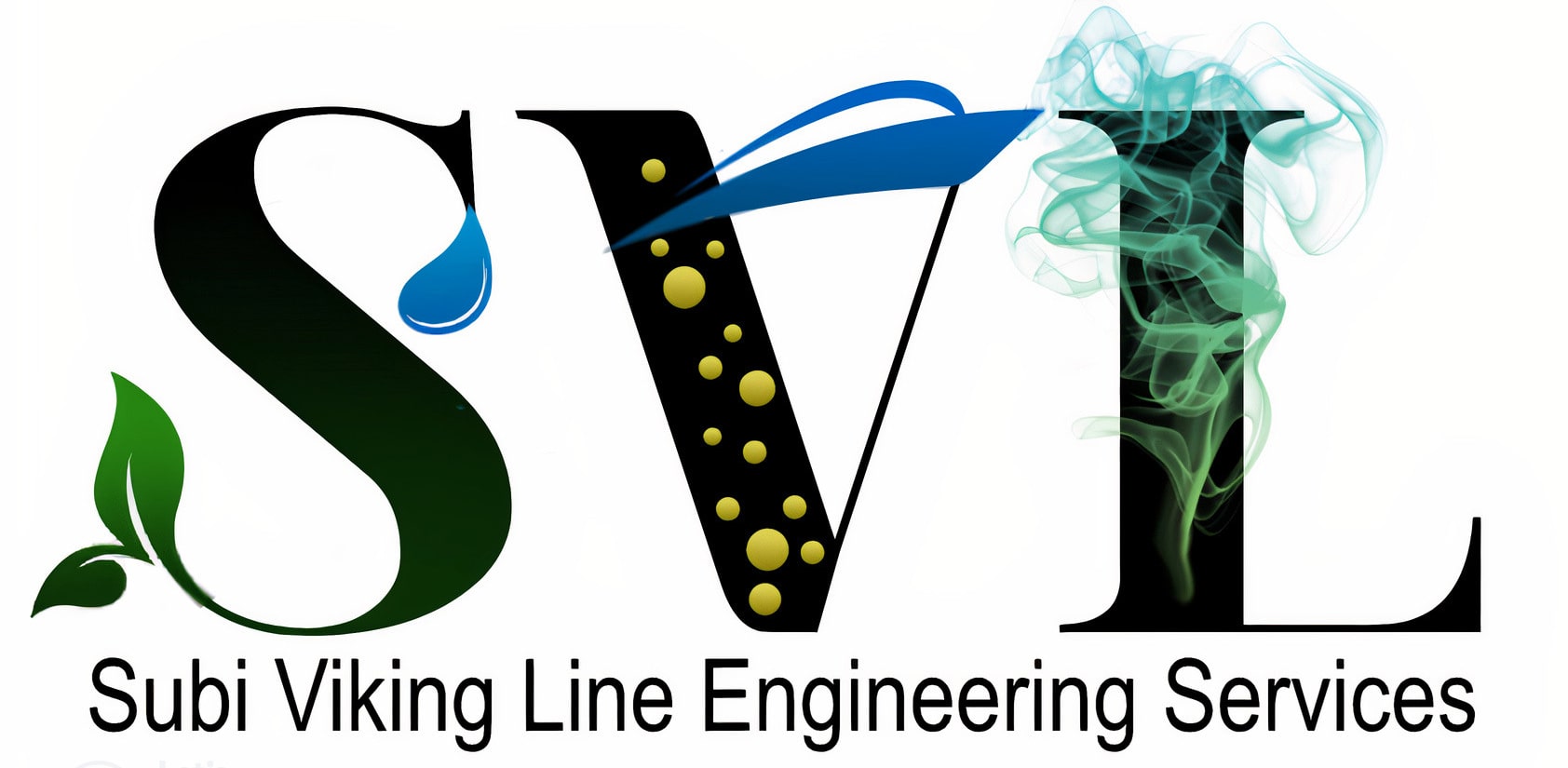In the oil and gas industry, hydrate formation at choke valves represents a significant operational challenge with potential safety and productivity implications. Today, let’s delve into this issue, explore its impacts, discuss proven technologies for mitigation, and highlight the role of OLGA in managing this phenomenon.
Impacts of Hydrate Formation at Choke Valves:
Flow Restriction:
Hydrate formation can lead to blockages or partial blockages at choke valves, causing flow restrictions and disrupting production.
Safety Risks:
In severe cases, hydrate blockages can result in equipment failure, leading to safety hazards and potential environmental incidents.
Production Downtime:
Clearing hydrate blockages requires downtime for remediation, leading to production losses and decreased operational efficiency.
Proven Technologies for Mitigation:
Chemical Injection:
Methanol or glycol injection upstream of choke valves can prevent hydrate formation by altering the thermodynamic conditions of the fluid.
Insulation and Heating:
Insulating choke valves and providing heat tracing can maintain fluid temperatures above the hydrate formation threshold, preventing blockages.
Hydrate Inhibitors:
Hydrate inhibitors, such as thermodynamic inhibitors (methanol, glycol) or kinetic inhibitors (low dosage hydrate inhibitors), can be injected to prevent hydrate nucleation and growth.
Role of OLGA:
OLGA (Oil and Gas Process Simulator) plays a crucial role in managing hydrate formation at choke valves by:
Predictive Modeling:
OLGA can simulate multiphase flow behavior and predict the conditions under which hydrates may form, allowing operators to anticipate and mitigate potential issues.
Optimization:
By integrating OLGA into production planning and operation, operators can optimize choke valve settings and chemical injection rates to minimize the risk of hydrate formation while maximizing production efficiency.
Emergency Response:
In the event of hydrate blockages, OLGA simulations can help operators devise effective remediation strategies, such as depressurization or hydrate dissociation techniques, to restore flow and minimize downtime.
By leveraging proven technologies and advanced simulation tools like OLGA, the industry can effectively manage the risks associated with hydrate formation at choke valves, ensuring safe and reliable operations.

